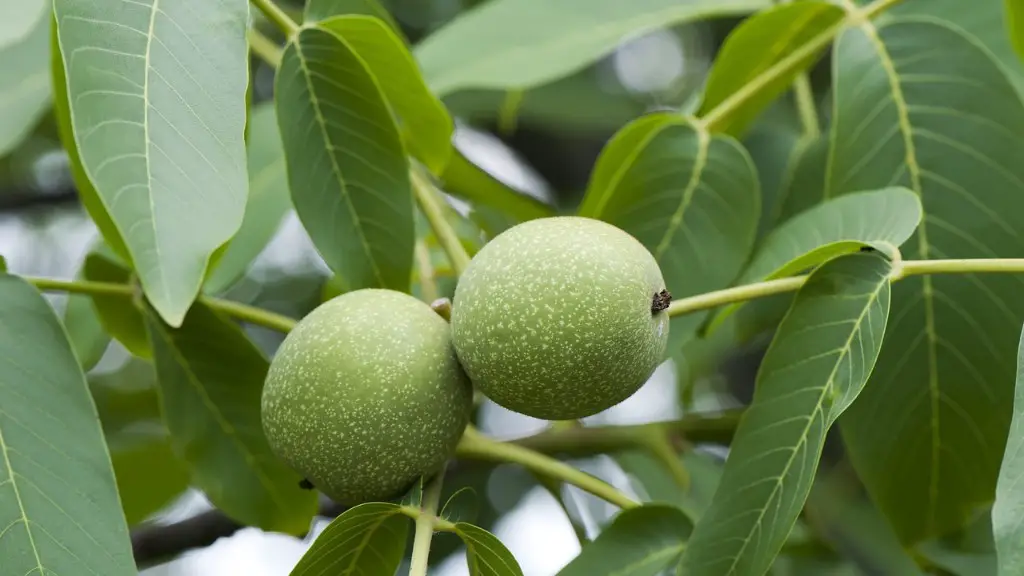Overview
Starting a palm tree is not as simple as it may seem. There are a few nitty-gritty details to consider before jumping in. To give your project the best chance of success, you must obtain the right palm tree species, plant it at the right time of year and provide a healthy environment to give it plenty of room to grow. Knowing these tips and tricks can set you on the right path to a thriving palm tree.
Choose The Right Species
The first step in starting a palm tree is to find a healthy tree of the right species. Different varieties of palms have distinct needs, both indoors and outdoors. The key is to look for varieties that are native to your climate, as those are going to be the hardiest. When it comes to climate hardiness, some popular varieties include sabal palms and needle palms for colder climates, and foxtail palms and kentia palms for warmer climates.
The Best Time To Plant
The best time to plant a palm tree is during the spring or fall months, with slightly cooler temperatures, as this will reduce the stress and shock on the tree. Planting in the spring will give the palm tree more time to become acclimated before the hot and dry climate of the summer months. Cooler weather will also reduce the shock of transplanting and allow the palm tree to take in more water to establish its root system.
Hydration and Sunlight
Palm trees need to be placed in an area where they can receive plenty of sunlight and hydration. If you are planting in the ground, consider a location that provides at least six to eight hours of direct sun. In addition, it is important to provide regular irrigation to keep your palm tree healthy. Ensure that the soil is well drained and there is plenty of space for the roots to grow.
Fertilizer and Mulch
Fertilizer can provide essential nutrients for your palm tree to remain healthy and grow. The best time to apply it is in the early spring and late summer for young trees and two to four times a year for mature trees. You can also add a layer of mulch around the base of the tree to protect it from drought and help keep the soil moist.
Pest Control
A healthy palm tree will be able to withstand most pests, but sometimes they may still be prone to attack. A few common pests to watch out for include scale insects, mites, caterpillars and beetles. If a pest infestation becomes severe, consider seeking professional help.
Pruning and Trimming
Regular pruning and trimming are essential to maintain the shape of your palm tree and help promote healthy growth. Pruning should be done in late spring or early summer to help prevent disease and promote healthy new growth.
Protection From Frost and Cold
Palm trees are especially vulnerable to cold temperatures and frost, so you must take steps to protect your tree from the cold. In cold climates, consider relocating your tree indoors for the winter months to protect it from extreme temperatures. Additionally, wrapping the foliage in several blankets and burlap can help keep your tree from the cold.
Tools and Supplies Needed For Starting a Palm Tree
In order to successfully start a palm tree, you will need a few essential items. This includes a shovel, a hand trowel, a bucket and some organic fertilizer. You will also need a large container for the tree and soil for repotting. Finally, a pair of gardening gloves and a watering can will help make tasks easier.
Hiring an Arborist or Professional
If you are new to gardening or are not comfortable with starting a palm tree yourself, consider hiring the services of an arborist or other professional. They can properly diagnose any problems and help make sure your tree is off to a healthy start.
Creating the Appropriate Environment
Creating the right environment for your palm tree is essential for healthy growth. The environment must be conducive for the growth and health of your palm tree, providing ample sunlight and water, as well as protection from harsh winds and weather fluctuations.
Identifying and Treating Disease
It is important to recognize signs of disease and take measures to treat it early. Common diseases of palms trees include fusarium and phytophthora, both of which can be treated with fungicides. Identifying the disease and taking steps to treat it promptly can help keep your tree healthy and happy.
Providing Adequate Nutrients
Palm trees require specific amounts of nutrients in order to flourish. Whether grown in the ground or in a container, it is important to provide the Tree with the nutrients it needs for proper growth. Fertilizers, as well as compost, can provide additional nutrients to the soil around your tree to keep it healthy.
Minimizing Damage From Animals
Prickly foliage or the sap from certain palms may be a deterrent for some animals, but for others, like rodents, it is not enough to keep them away. It is important to inspect your tree regularly for signs of occupancy from animals, such as nests and chew marks. Installing a physical barrier around the tree, such as a fence, can help deter animals as well.
Frequent Maintenance Checkups
One of the most important things you can do to keep your palm tree healthy is to perform frequent maintenance checkups. This includes inspecting the tree for signs of disease, pest infestations, and indications of distress, as well as ensuring the soil is well drained and adequately hydrating the tree. Regular checkups and maintenance will help keep your extra work to a minimum down the road.
Considering Climate Changes
As temperatures in certain areas of the world change, it is important to remember that palm trees are no different than any other plant and require special accommodations. Research how your palm tree can adjust to these changes in climate, and adjust your care accordingly.
Applying Chemical Herbicides Correctly
If you need to use chemical herbicides to control weeds, it is important to do so with caution. Always be sure to read and adhere to the manufacturer guidelines for safe application, and keep in mind that some herbicides are highly toxic to certain types of plants.
Controlling Weeds
Weeds can consume vital nutrients and water intended for the palm tree. To prevent weeds, consider using plastic sheeting to prevent weed seeds from taking root in the soil. Placing mulch around tree can also help keep weeds away.
Coping With Extreme Temperatures
Palm trees can experience shock and distress in extremely hot or cold temperatures. Provide extra protection from extreme temperatures with blankets, shade cloth, or a windbreak. It is also important to keep the soil moist, as young trees are more susceptible to drying out.
Discussion and Debate
It’s helpful to do some research and discuss your ideas with someone knowledgeable. Raising palms is a difficult task, and it’s important to get as much information as possible from people who are experienced in this field. Additionally, talking to other gardeners can help you become better informed about starting a palm tree.





